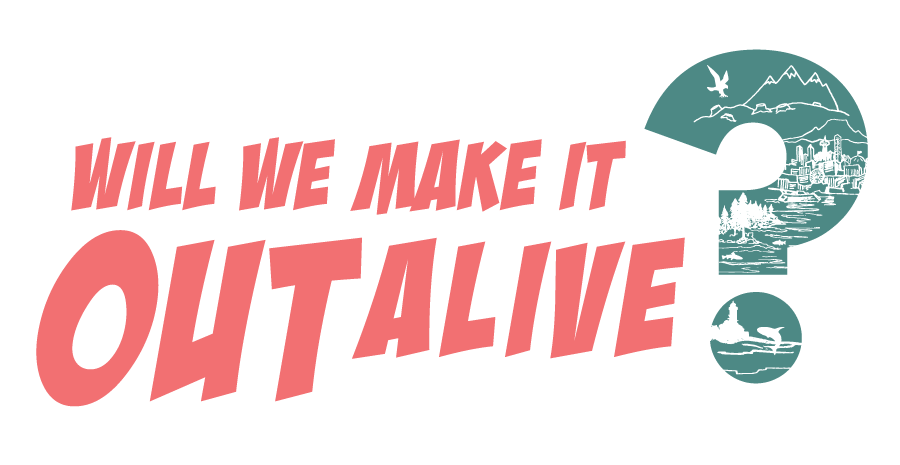Episode 15: A Culvert Affair
/Welcome to Part Two of our Salmon Special - Episode 15: A Culvert Affair. If you feel like you’ve missed Part One of this two-part episode, it’s because we haven’t released Part One, yet! We plan to release Part One next month (we will link here when available).
In this episode, we (long distance) interviewed Robyn Pepin of Aspect Consulting, about a culvert operation, or how to (smartly) get those salmons (or other critical fish) up the stream!? While we discuss culvert removal prioritization in this episode, we have not yet discussed the unique life cycle of the salmon and why barrier removal is important for salmon restoration and is legally required. So, if you want to learn more about why we remove culverts and other fish passage barriers, tune in next month!
Let’s see how all this long distance interviewing and recording works…
Jen and I met up with Robyn via our computers, as she is located in Wenatchee. This was our first attempt at interviewing and long distance recording. Cause hey, if one is interesting, both should be fun, right?!
We interviewed Robyn about a project that she worked on with the Upper Columbia Salmon Enhancement Board. As part of an interdisciplinary group, she helped develop a GIS tool that more effectively evaluates culverts or other barriers for removal to help restore salmon populations. The tool uses readily available data layers to generate information about fish, habitat, and barrier status, which is used to score and rank fish passage projects.
The tool also answers important questions, which are not built into existing barrier removal ranking, such as:
Salmon spawning just below a Barrier culvert.
Is there habitat available upstream from the barrier that salmon currently cannot access?
Is that available habitat of sufficient quality for salmon?
Is there known fish usage near the barrier already?
Are there barriers downstream blocking fish access?
These questions are important to answer when considering where to spend limited funds related to salmon restoration efforts. Ensuring that projects are effectively prioritized helps build public trust. Check out their interactive map that shows fish passage barrier removal ranking. If you want to learn more about the tool, check out Robyn’s blog post New GIS Tool Helps Remove Barriers to Salmon Connectivity. To get into the nitty-gritty, check out their final report or the final table of results.
In addition, The Upper Columbia Salmon Recovery Board Maps and Tools web page has lots of information about this project and many others.
Robyn and one of her coworkers also made an award winning poster about the project and tool.
In our GIS Tools segment, Robyn and Jen geek out about the flow network tool. Head over to our GIS Tools blog to learn more!
We hope our streaming interview wasn’t too choppy and that it is still enjoyable to listen to; feel free to let us know what you think in the comments! We still feel we have a lot to learn about how to long distance record and not make it sound too terrible. Heck, as a next step, maybe we will just try to record an interview in person?!
We realize that we didn’t introduce all of the intricacies of the salmon and why barrier removal is important in this episode, but we plan to discuss them more in our next episode. Please join us for our next episode, Why Did the Salmon Swim Upstream, or why fish barrier removal is important and required for salmon survival! The next episode will be Part One of this two-part episode (with this, Episode 15, being Part 2)...What, you know how good we are at math?!
Please don’t forget to rate, review and subscribe on Apple Podcasts, Stitcher, or wherever you get your podcasts (like Tune In, Castbox Himalaya, iheartradio, etc). Please let us know what you think on our feedback page or facebook.com/WillWeMakeItOutAlive. Also, if you are more visually inclined, check out our youtube page!



